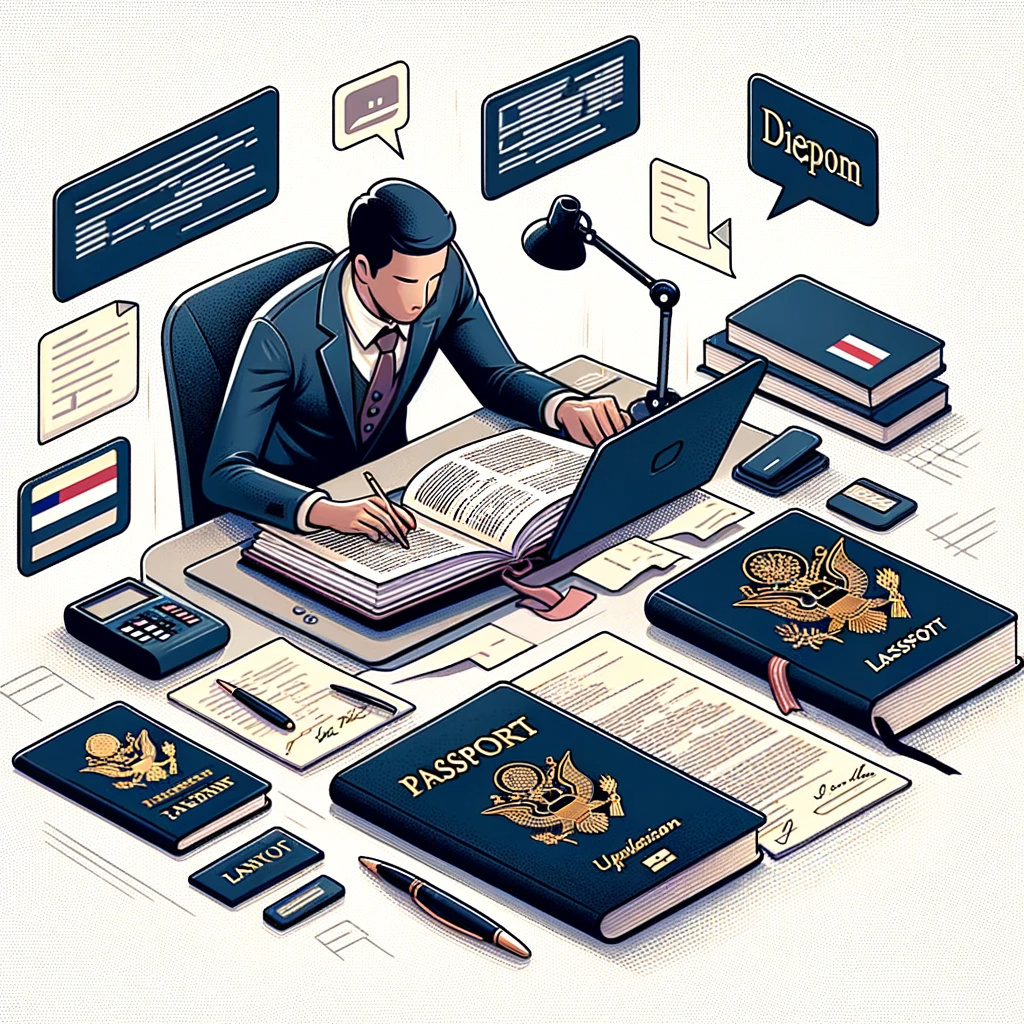
Language is not just a means of communication; it is the essence of cultural identity and heritage. Among the myriad of world languages, some boast alphabets with an extensive array of letters, each symbolizing unique sounds and concepts. From the 33 letters of the Russian Cyrillic script to the 58 letters of the Khmer alphabet in Cambodia, the vastness of these alphabets poses fascinating challenges and considerations, especially in the realm of translation and document handling for official purposes.
The Rich Tapestry of Alphabets
Languages like Khmer, Georgian, or Armenian are celebrated for their rich alphabets. These scripts are not just communication tools; they are embodiments of a nation’s history and culture. However, the beauty of these vast alphabets comes with its own set of challenges, especially when interfacing with languages with more modest alphabets, like English with its 26 letters.
Translation Challenges
- Phonetic Nuances: Languages with many letters often have subtle phonetic distinctions, which can be difficult to replicate in languages with fewer letters. This can lead to a loss of nuance or even meaning in translation.
- Specialized Terminology: Official documents (such as passports, marriage certs and degrees) often contain specialized terms. When these terms are transcribed or translated into languages with smaller alphabets, the lack of corresponding letters can lead to imprecise or standardized translations that might not carry the same weight or meaning. Also, it is important for the names to be consistently transliterated and translated.
- Cultural Context: Each letter in these extensive alphabets carries cultural significance and contextual meaning. Translators must be deeply familiar not just with the language but with the culture to ensure that the translation respects and retains the source material’s context and subtleties
Transliterating
Transliterating names from one language into another involves a meticulous process of mapping the sounds of the original language onto the closest corresponding sounds and letters of the target language. This process is particularly crucial for preserving the phonetic essence of personal names, ensuring they are recognizable and retain their original pronunciation to the greatest extent possible. However, the challenge arises from the inherent discrepancies between language sound systems and alphabets. For instance, certain sounds in one language may not have direct equivalents in another, leading to approximations. Consistency in transliteration standards is paramount to maintaining uniformity and reducing confusion, especially in official documents, global databases, and academic records. Adopting a systematic approach, possibly guided by international transliteration norms, helps in achieving a standard, consistent representation of names across different languages, thereby preserving their unique identity while ensuring their global comprehensibility.
Transliterating names from the Cyrillic to the Latin alphabet is a nuanced and essential practice, especially in our globalized world where cross-cultural interactions are commonplace. Consider the case of a name like “Liudmila,” which can be transliterated from Cyrillic in various forms such as “Lyudmila,” “Ludmila,” or “Ljudmila.” Each version attempts to preserve the phonetic essence of the original name, yet the variations underscore the complexities involved in the transliteration process.
Benefits of Systematic Transliteration:
- Consistency in Documentation: A standardized approach to transliteration ensures that an individual’s name is consistently represented in foreign documents, be it in passports, academic records, or legal papers. This consistency is crucial for official purposes and helps in avoiding discrepancies that might arise from ad-hoc transliteration.
- Ease of Identification: Systematic transliteration facilitates easier identification of individuals in international settings, such as during travel or participation in global events. It minimizes the confusion that might occur due to multiple possible spellings of the same name.
- Preservation of Identity: Names are integral to a person’s identity. Transliterating names in a manner that closely approximates their native pronunciation respects and preserves an individual’s cultural and personal identity, even when their name is represented in a different script.
- Language Learning and Exchange: For learners of foreign languages, consistent transliteration provides clear patterns and aids in learning the correct pronunciation of names. It fosters better language acquisition and cultural exchange.
- Technological Compatibility: In the digital age, having a consistent transliteration standard improves the compatibility of names in different databases and systems, facilitating smoother data processing and information retrieval.

The Case for a Standardized Transliteration Protocol:
Given the benefits, advocating for a standardized transliteration protocol from Cyrillic to Latin alphabets is logical. International bodies or linguistic authorities could develop comprehensive guidelines considering linguistic nuances and phonetic integrity. The aim would be to strike a balance between phonetic fidelity to the original language and practicality in the target language, ensuring that the transliterated names are both recognizable and easily pronounceable by speakers of the target language. Such an initiative would not only enhance administrative efficiency but also promote cultural respect and understanding across linguistic borders.


